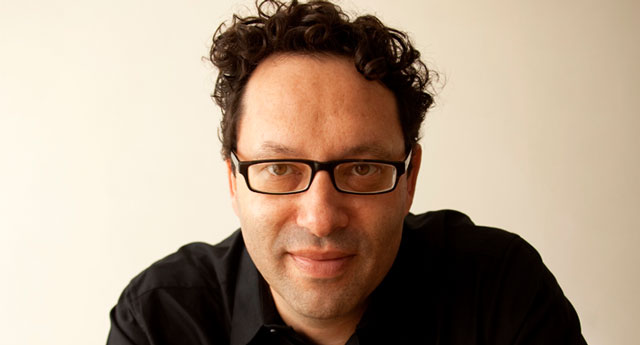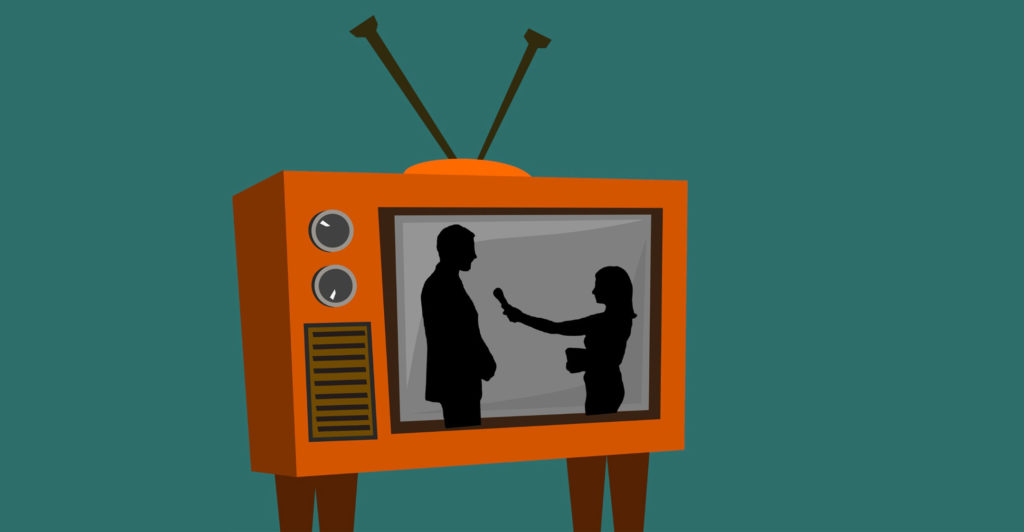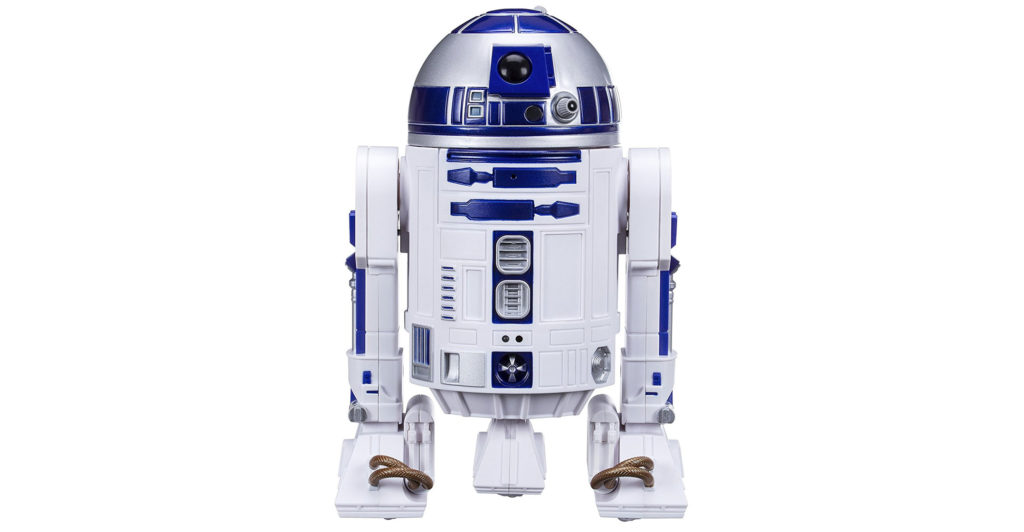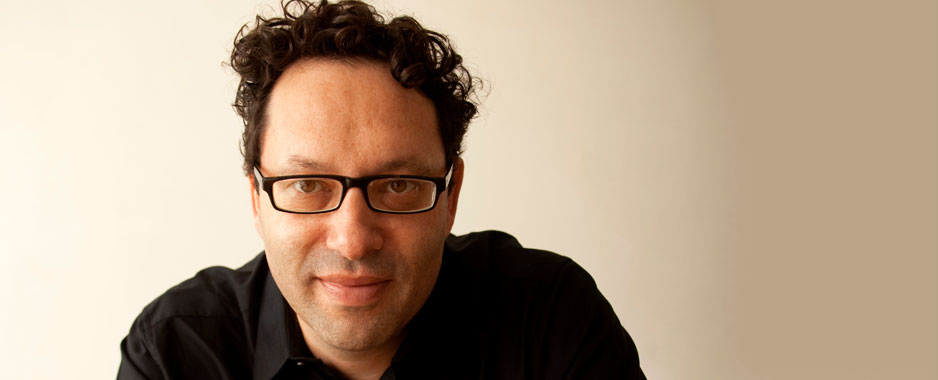
“I’m in new media,” the 20-something told me when I asked her what she did. “What do you define as new media?” I asked. “You know, Twitter, Facebook, social media,” she replied. It was one of those moments in the Great Change in Media that so many of us old hands must have had when speaking to youngsters.
It was in about 2010 that this little conversation happened. There was a time, oh, in the late 1990s, when I remember describing my job as involving “new media”. Back then it was this thing called the World Wide Web, which the old media kept calling the “information superhighway” to describe what this new world of interconnected computers made possible.
Back then, I ran a rudimentary website for the Mail & Guardian, the first news site in Africa. It was lightweight, lithe and designed to display in “version three” browsers.
The only co-operation between the print paper and the website — run by that genius who co-founded the Weekly Mail, Irwin Manoim — was entirely coincidental: I was still the newspaper’s sports editor, and had been the technology editor for a few years, too.
They were distant ships passing in the corridors of the Media Mill next to 44 Stanley in Milpark, on separate floors and out of sight, sound and sync with each other.
Not anymore. “Digital first” is a phrase you now hear in newsrooms as often as “mobile first”.
Newspapers are reinventing themselves (hopefully) for this new digital age, where Twitter is the front page of news and where the average digital-savvy reader goes for updates.
Twitter has taken over from broadcast media (like TV and radio) for breaking news.
Daily newspapers are no longer the “paper of record”, but fulfil the role of providing context and analysis as the weekend newspapers used to do 20 years ago.
News breaks online, then it reaches the paper, the iPad edition and the smartphone app. And is marketed through Twitter and Facebook.
Twitter and Facebook, the new media of three years ago, are now just marketing channels.
And strangely enough, this once wild “new media” is playing by similar rules to those of old media, with the same underlying need for being ethical. Be honest, be transparent, answer your critics, soothe the haters, talk to the community.
Thanks to social media, it turns out talking to your customers and listening is still the basis of business, be it marketing or selling news.
As the software changes, so does the hardware: Africa, as I have been arguing for the past few years, is not mobile first; it’s mobile only.
Hundreds of millions of Africans will experience the Internet for the first time on a mobile device, and not anything remotely like an iPhone or its touchscreen, smartphone ilk.
If ever there was a sign that digital is now first, it was earlier this year when Mail & Guardian Online editor Chris Roper was appointed editor-in-chief of the entire M&G editorial operation, including that great newspaper. Geeks everywhere saw it as a triumph of the digital guy over the “treeware” era.
That it was, but it was also something much more profound: a normalising of the order of things for the new technology that is now the bedrock of our society’s economy.
We are at a moment in history akin to the transition period when horse carriages gave way to motor cars, whose superiority in almost all ways could not be ignored.
It was a shift from walking to mechanical motors, a long-distant precursor to the analogue-to-digital shift that media, specifically newspapers, is undergoing now.
Sometime this year someone will introduce themselves as “working in new media”, I’m sure. I can’t wait to find out what that is.
- Toby Shapshak is editor of Stuff magazine. Follow him on Twitter
- This column was first published in the Financial Mail




